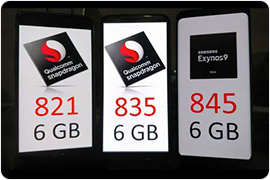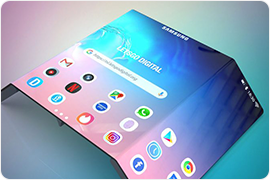Pulse Oximeter: What Is It, How to Use and How to Pick
By Carrie Tsai, Last Updated: July 24, 2020HOW TO
The continued outbreak of the COVID-2019 epidemic has been increasing the demand for the currently-prevailing disinfecting and health detecting tools such as the infrared thermometer and the UV sterilizer. Pulse oximeter, which is relatively unfamiliar to many individuals, is also one of these currently-popular tools.
When talking about or hearing about pulse oximeter, it's most likely that you would associate it with hospitals. However, this blood oxygen detecting tool has been already applied for home use. While at home, you're able to use a pulse oximeter to gather data to keep tabs on your health.
Recently, the coronavirus pandemic has made the home-use pulse oximeters become more popular since they can be used to detect if a person has extremely low blood oxygen level which has been proved to be one of the indications of the severe cases of COVID-19. Also, they can be used to manage at-home COVID-19 patients by monitoring their oxygen levels at any time before they require emergency care.
Along with the continued spread of the epidemic, having a pulse oximeter at home seems to be of great necessity. But you must still be ignorant of this device, let alone how to make the right buying decision among innumerous options. Don't panic. All you want to know about this device, whether what it is, or how it works, or how to use it, or how to pick the right one, are going to be explored one by one. All you need to do is take it easy and keep checking.
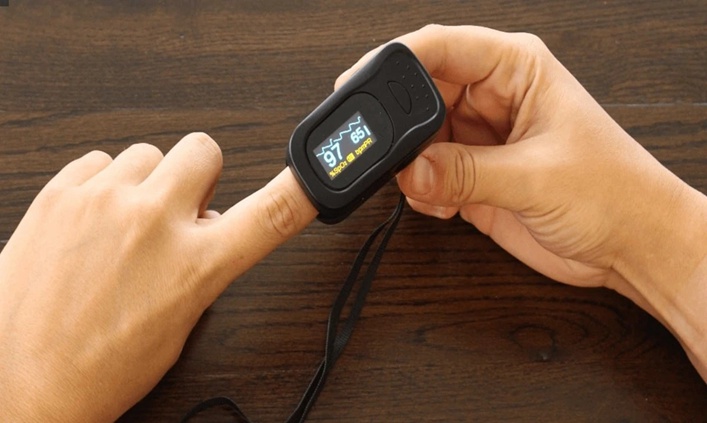
Also Read:
UV Sterilizer Explored: Is It Worthwhile to Buy One
Buying Guide: How to Pick the Best Infrared Thermometer
What Is An Infrared Thermometer and How Does It Work
Full Guide & Tips: How to Use An Infrared Thermometer
What Is Pulse Oximeter
Pulse oximeter is a small and portable medical device that specially clips on to a body part like finger, toe or earlobe to measure the oxygen saturation level, or the oxygen levels in the blood. Some can also be used to detect pulse rate and heart rate.
This procedure, named pulse oximetry, is non-invasive and painless, which quickly and easily detects how efficiently oxygen is being pumped from the heart to the furthest parts of the body including the legs and the arms. Pulse saturation being determined by the pulse oximeter can help indicate if your heart and lungs are still working properly.
What Is Oxygen Saturation
In essence, oxygen saturation is a percentage which is a measurement of how much oxygen is in the blood, with 100% being the optimal level (fully saturated). More specifically, it refers to the percentage of the total available hemoglobin (short for Hb, the main approach oxygen is carried in the blood) that is carrying oxygen.
Normally, oxygen is delivered into the blood after going into the lungs. Then the blood carries the oxygen to a score of different organs of the body by means of hemoglobin. More simply, hemoglobin molecules just like the cars that carry the oxygen molecules (passengers) to send them to various organs in the body (their destination).
It's worth noting that hemoglobin molecules are divided into two major camps including oxygenated hemoglobin (oxy Hb) and deoxygenated hemoglobin (deoxy Hb). The hemoglobin with oxygen is oxy Hb while the one without oxygen is called deoxy Hb. Pulse saturation is to measure the percentage of the hemoglobin with oxygen.
Uses & Applications
Pulse oximeter is mainly applied in critical care settings like emergency rooms and hospitals as well as for home use. It's often used to monitor the health of individuals by detecting blood oxygen levels which can indicate some types of health conditions. By gauging warning signs such as low blood oxygen levels and too fast pulse rate, this gadget can help determine if you need to seek medical care or emergency care.
Generally, pulse oximeter can be used to gauge warning signs of such bad medical conditions like chronic obstructive pulmonary disease (COPD), asthma, pneumonia, lung cancer, anemia, heart attack, heart failure and congenital heart defects.
Moreover, there are lots of different use cases for pulse oximeter. It can be used to:
* monitor if the use of oxygen at home is improving the lung or heart conditions or not
* evaluate how well a new lung medication or ventilator is working
* assess how helpful supplemental oxygen therapy is
* determine an individual's ability to tolerate intensified physical activity
* detect oxygen levels during sedative-using surgical operation
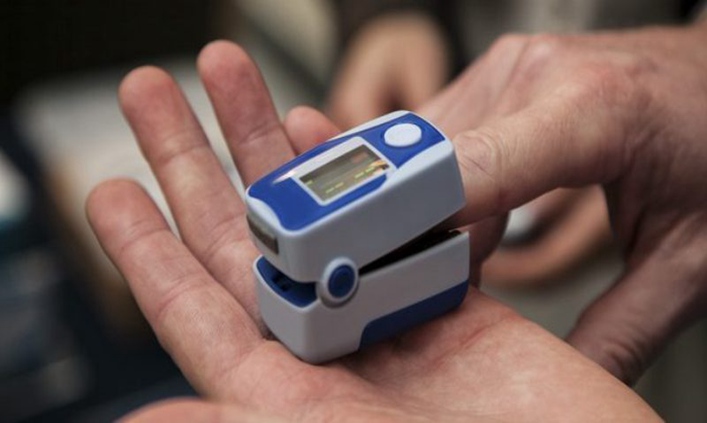
How Does Pulse Oximeter Work
Now it has been manifest that pulse oximeter is to measure the oxygen saturation in the blood which is a percentage of the total hemoglobin that is carrying oxygen in the blood. But how? Well, in fact, it works by emitting light to measure oxygen saturation in the blood.
When clipping onto the finger, the pulse oximeter will emit light from the probe side to the light receive detector on the other side. The light emitted is composed of two major different wavelengths of lights including red light (660nm) and infrared light (910nm). The emitted light, before being received by the light detector, will pass through the finger and will be absorbed by the hemoglobin in the blood (both oxygenated Hb and deoxygenated Hb).
The reason why the light detector on the other side of pulse oximeter can detect the oxygen saturation level lies in the property that oxygenated hemoglobin and deoxygenated hemoglobin have difference in the ability to absorb light of differing wavelengths. (oxyhemoglobin can absorb more infrared light than deoxyhemoglobin while deoxyhemoglobin can absorb more red light than oxyhemoglobin).
Hence, by discerning approximately how much light, at each wavelength is absorbed in oxygenated or deoxygenated blood, the light detector on the other side of the pulse oximeter can easily measure the percentage of the hemoglobin that carries oxygen in the blood. In short, the pulse oximeter detects the oxygen saturation level by emitting light of two different wavelengths to measure changes of light absorption in oxygenated or deoxygenated blood.
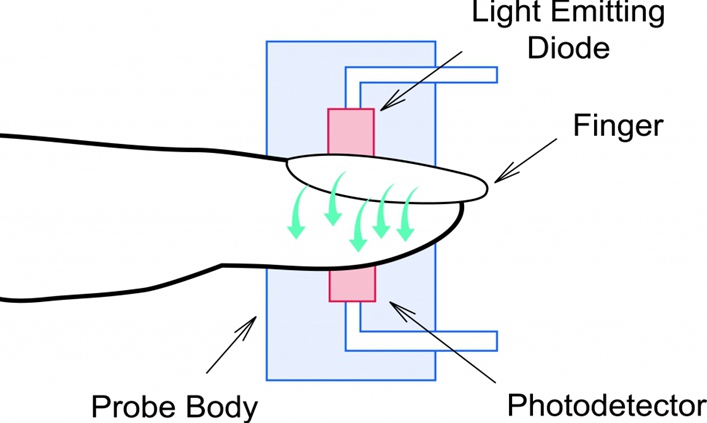
How to Use A Pulse Oximeter
Pulse oximeters are very easy to use and operate. And the vast majority of them work in a similar way. However, you should always read the instructions as well as the warnings for your model prior to using it. Then what you need to do is make sure the battery is fully-charged since most home-used oximeters work on battery power. Many pulse oximeter models have a battery power indicator on the screen on which you can check the battery power. Now it's time to start the using:
Step 1. Turn the Pulse Oximeter on
Before testing, you need to switch your oximeter model on. Some models will be ready for use when the screen is bright. Some uses an LED light indicator to indicate that the model is powered on. Anyway, read the user guide and then you can know the particular indication ways of your model.
Step 2. Clip the Pulse Oximeter onto Your Fingertip
After opening your pulse oximeter, all you need to do is simply pinch the ends of the pulse oximeter to open it, put your finger, toe or earlobe into it and clamp the probe inside the oximeter onto your fingertip (index finger is better), toe or earlobe and then loosen the ends.
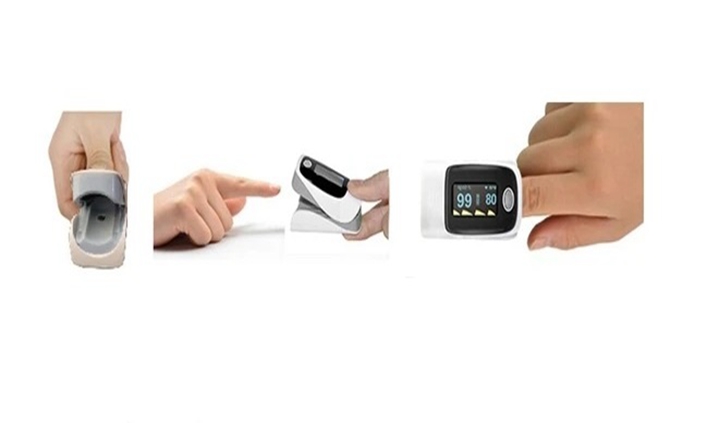
Step 3. Take the Reading
Now you're able to take the reading of your oxygen saturation level. Normally, some models can automatically take a reading when your fingertip reaches the probe. Some require you to click on a start button. Then wait for several seconds and the model will remind you that the test is over either by a screen message or by an indicator light flicking.
Step 4. Remove Your Fingertip from the Model
Now you can remove your fingertip from the pulse oximeter. It's advisable that you record the reading. Although some models have memory recall functions, it's still necessary for you to write the reading down or sync the data with your phone via Bluetooth if available.
Pulse Oximetry Reading Accuracy & Reading Level
When it comes to the normal reading level, according to WHO, an oxygen saturation reading of 95% to 100% on a pulse oximeter is considered normal and healthy for most individuals. A level of less than 95% may be the indication of underlying medical conditions.
As to the reading accuracy, pulse oximeter can test your oxygen saturation level fairly accurately. Generally, the reading accuracy of most pulse oximeter models is ±2%. For example, if your reading is 92%, your real oxygen saturation level may be anywhere from 90% to 94%.
Nevertheless, there are also other factors that can affect the reading accuracy such as the body movement of individuals (shivering, shaking or sneezing), temperature of the finger, nail polish or finger tattoos. All these can lead to false reading (usually lower reading).
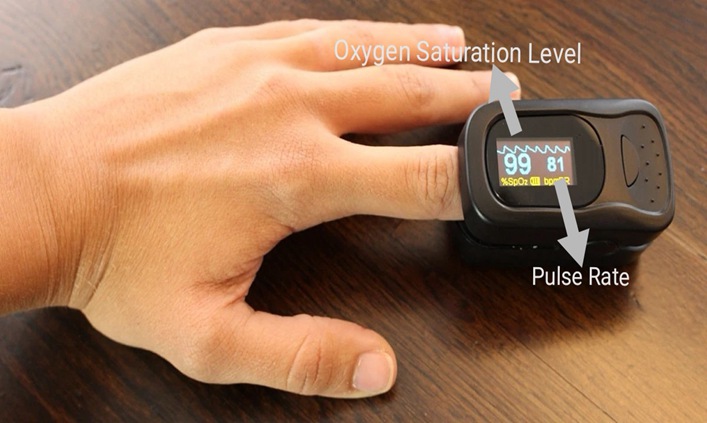
How to Choose the Right Pulse Oximeter
Now you must have been clear about pulse oximeter including what it is, how it works, how to use it as well as how to read it. You may want to buy one for home use but are at all sea about how to choose the right one among innumerable choices. Indeed, the majority of pulse oximeters are very similar in appearance, which makes the choosing become more hard.
However, there are good criteria for a good and qualified pulse oximeter. The following are the essential features to be taken into account when looking for a good one.
Accuracy
High reading accuracy is the critical feature that a qualified pulse oximeter should own. Therefore, focus on the accuracy first when choosing your right oximeter model. Remember to pick one which can be guaranteed within ±2% reading accuracy.
Alarm
Alarm is another useful feature of a pulse oximeter. Models featuring an alarm can give out audible sound to alert users when the oxygen saturation level is dangerously low. This feature is very helpful for those who aren't familiar with the normal level of oxygen saturation and pulse rate.
Portability
Most individuals especially sport enthusiasts and pilots who need to monitor their oxygen saturation levels with a pulse oximeter will need to carry it on them all the time. Therefore, the pulse oximeter should be easy to carry. Remember to pick one in small size and light weight so that you can carry it at all times at ease.
Fitment
Choosing one with comfortable probe is advisable. A good pulse oximeter should be comfortable to wear, which can well adapt to the shape of finger. Cavity-shaped probe is the recommended one since it can well fit the shape of the fingertip, allowing for more comfortable detecting.
Bright and Readable Display
Look for a pulse oximeter with a high-definition OLED or LCD display. This is because on a HD display, you're able to view the reading as well as the displayed data with no trouble. Finding one with a display that supports adjusting brightness under different light conditions is also advisable.
Powerful Battery Life
Make sure you pick a pulse oximeter with long battery life and low power consumption, especially if you intend to use it for continuous oxygen saturation monitoring. This can give you long using time and make your model more durable, which can lead to better using experience.
Now keep the above features that a good and qualified pulse oximeter should have in mind and then you're able to choose your right model more easily. However, you may find that most of the models owning the powerful features are expensive.
Don't fret if you find them beyond your budget. Here is one pulse oximeter at a super cheap price which owns the same powerful features that a qualified pulse oximeter should have - Our Finger-clip Pulse Oximeter. This model is suitable for testing blood oxygen level for all ages. It is powered with high reading accuracy of ±2%, which can give you accurate reading of your oxygen saturation.
Also, it's easy to carry in small size and light weight, making it portable at all times. With one-click button, you're able to operate it to monitor your oxygen level very easily and quickly. Besides, it can fast identify and detect your oxygen saturation level only within 4 seconds. With powerful battery life, you're able to use it to monitor your health for a long time.
Moreover, with the special cavity-shaped and silicone-membrane probe, this model allows for comfortable fitting of your finger. A high-definition OLED/LCD/digital display which allows for easier reading also makes it outstanding. Another powerful feature which is also worth noting is that this model supports Bluetooth connection, which allows you to sync recorded data with your phone or your tablet.
Key Features
* ±2% Reading Accuracy
* Comfortable to Wear with Soft Silicone Finger Pad
* Easy to Carry in Small Size and Light Weight
* Easy to Operate with One-click Button
* 4 Seconds Fast Detection
* 10 Seconds Automatic Shutdown
* HD OLED/LCD/Digital Display
* Weak Perfusion Measurement
* Low Power Consumption & Powerful Battery Life
* Bluetooth Connection
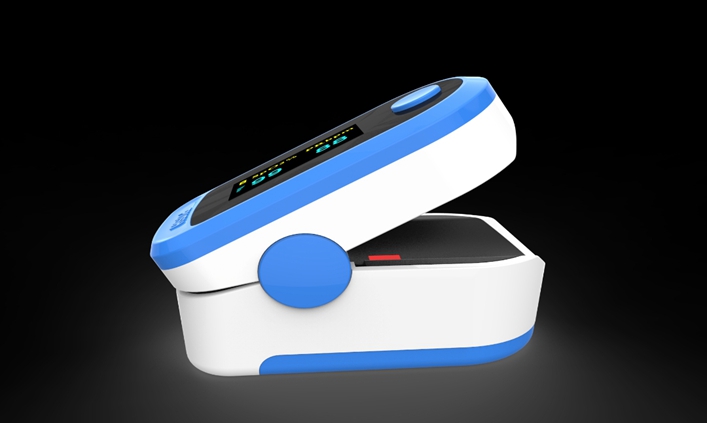
Final Words
In short, pulse oximeter is a small medical device that clips onto a body part such as fingertip to measure the oxygen saturation level in the blood by emitting light. Due to its portability, simplicity as well as efficiency, it's quick and easy to use, which makes it the popular tool that can really help keep track of your health especially during the spread of the COVID-19 pandemic.
When picking your right pulse oximeter, it's advisable that you choose one that is within your budget and owns powerful features that a qualified pulse oximeter should have like high accuracy, portability, comfortability, readability as well as durability. Our Finger-clip Pulse Oximeter is the primary choice since it is super cheap and is powered with the essential features that a qualified pulse oximeter should have. It's worth the investment! You can have a try.



